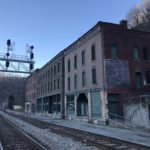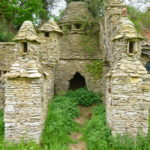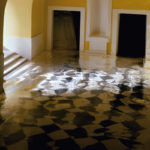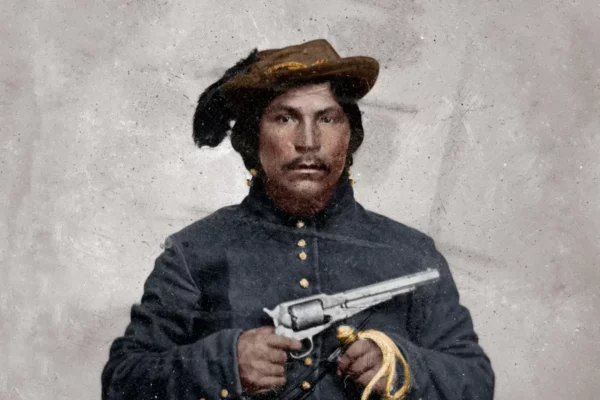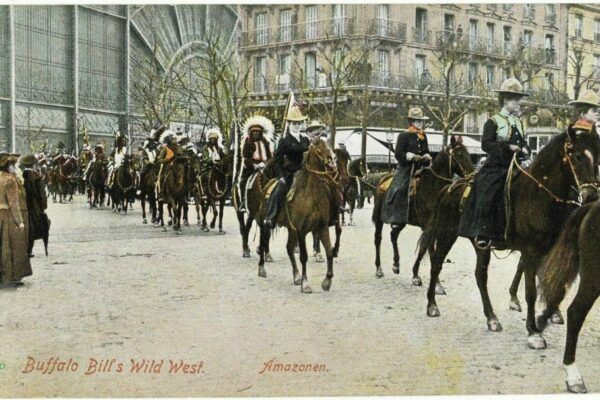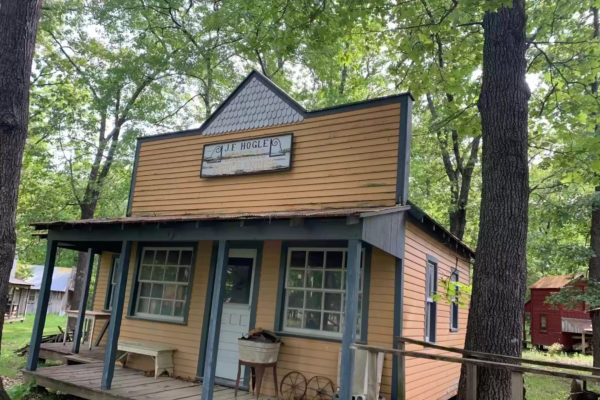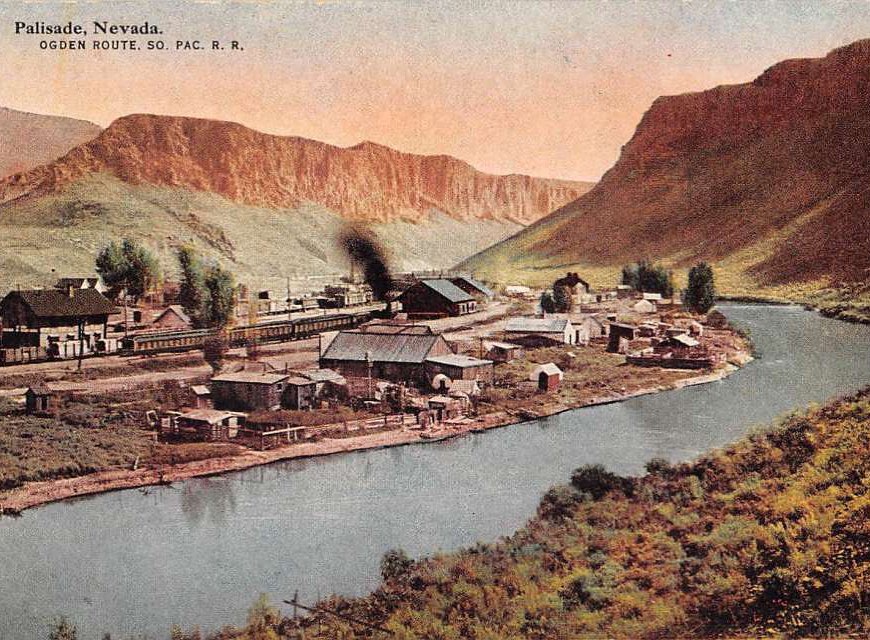
The American West has had a reputation of being wild since the continent was first colonized, but the inhabitants of one Nevada town, Palisade, made sure they really embodied the sentiment. During the construction of the Transcontinental Railroad, Palisade (named for the valley that obstructed the railroad’s construction) was the site of an elaborate hoax during the early 1870s staging lifelike gunfights and bank robberies during the 1870s in a bid to attract tourists. The idea was allegedly born when a train conductor told one Palisade resident that his passengers were always disappointed that the West wasn’t as wild as the stories proclaimed. So they hatched a plan to put on a show. At least, that’s one origin story of America’s wildest western city.
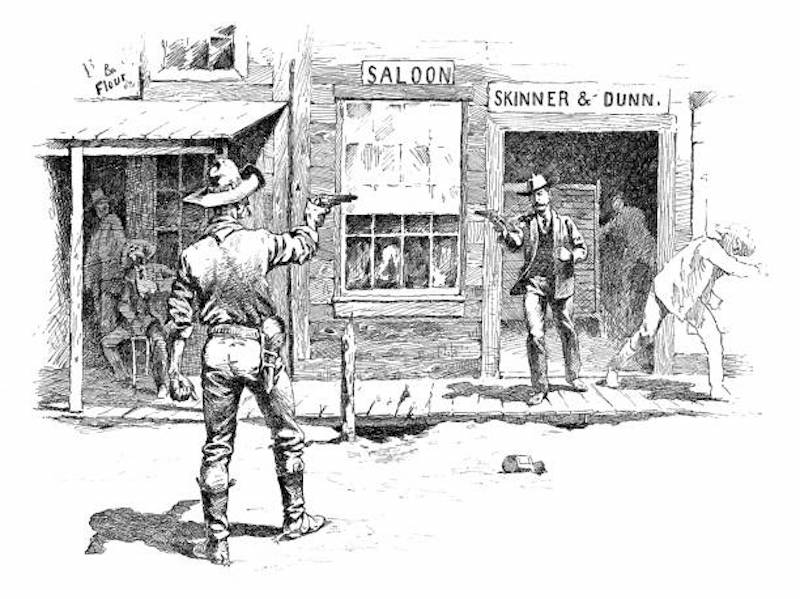
Townspeople were recruited and cast as outlaws and lawmen. When the next train came into town, the main players took their places. At the first performance, citizen Frank West leaned against a corral fence by the railroad at the time the noon train stopped for lunch, and Alvin Kittleby approached. According to one source, Alvin hollered, “There ya are, ya lowdown polecat! I’ve been waitin’ for ya. I’m gonna kill ya for what ya done to my pore little sister!”
Frank West shot Alvin Kittleby in the chest, and as he fell to the ground, train passengers screamed, fainted or ducked for cover. Citizens of Palisade removed Alvin’s body and disarmed Frank West. When the train had departed, taking all its traumatised passengers with it, the residents of Palisade continued about their daily lives with a knowing smile. These performances were how the town came to be “the most violent place west of Chicago.”
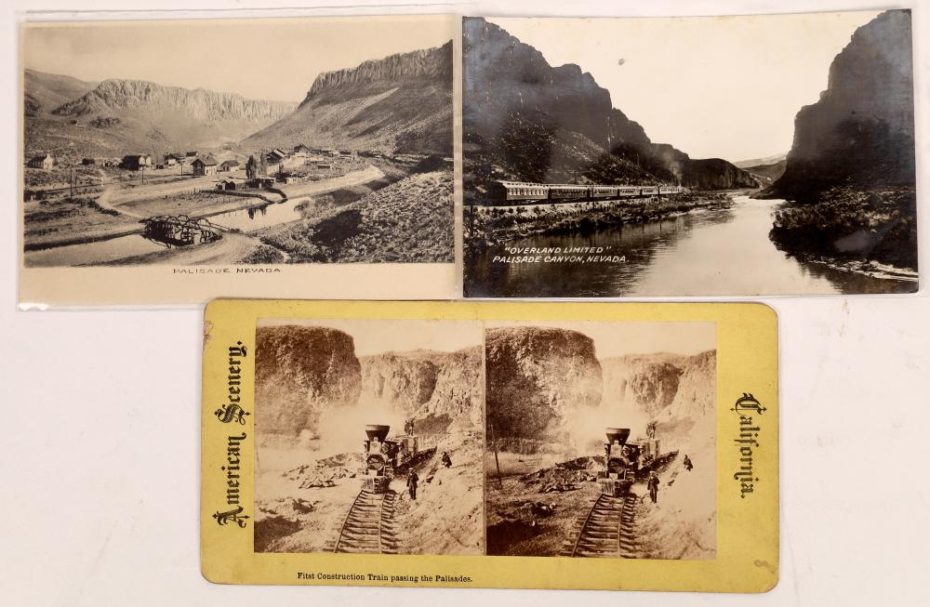
Nevada historian, Dan Ashbaugh writes that when passengers disembarked the train in Palisade, “shooting commenced in all directions, ‘victims’ falling everywhere … Passengers screamed with terror and ran for safe spots … None of the passengers ever seemed to notice that the victims were quickly carried over to Johnson’s Saloon, where they miraculously recovered and could watch the last act.” And no one seemed to notice, either, that there were never any casualties among the passengers.
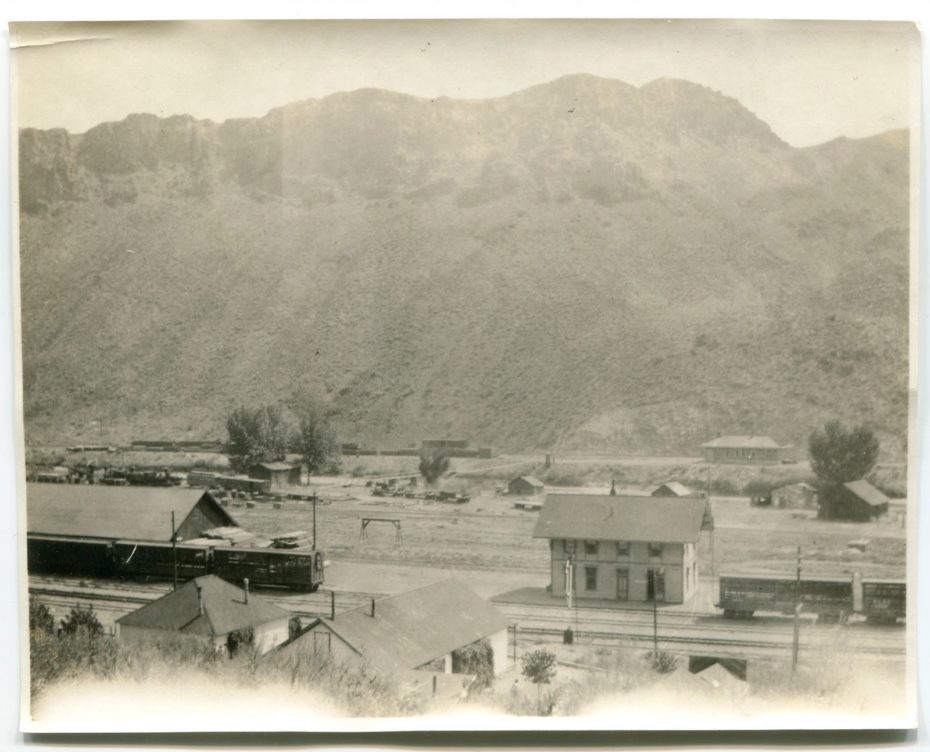
Variations on this hoax continued for several years, staging various dramatic showdowns using blanks in their guns and gallons of beef blood from the local slaughterhouse. Sometimes they staged a bank robbery. Often, the townspeople enlisted railroad workers, the local Native American tribes to perform as well. The Shoshone were convinced to descend upon the town in war makeup and even pretend to scalp the citizens as the trains rolled in.
Journalists who weren’t in on the joke wrote up the fictitious incidents as if they were actual crimes and fatal shootouts. This hoax was how Palisade became a “lucrative, albeit short-lived, run as a must-see attraction in the American West.” Meanwhile, real life Palisade was so peaceful and had such a low crime rate that it didn’t even employ a sheriff. Some suggest that the elaborate hoax was just as much a means of entertaining the bored residents of Palisade as it was for passing travellers.
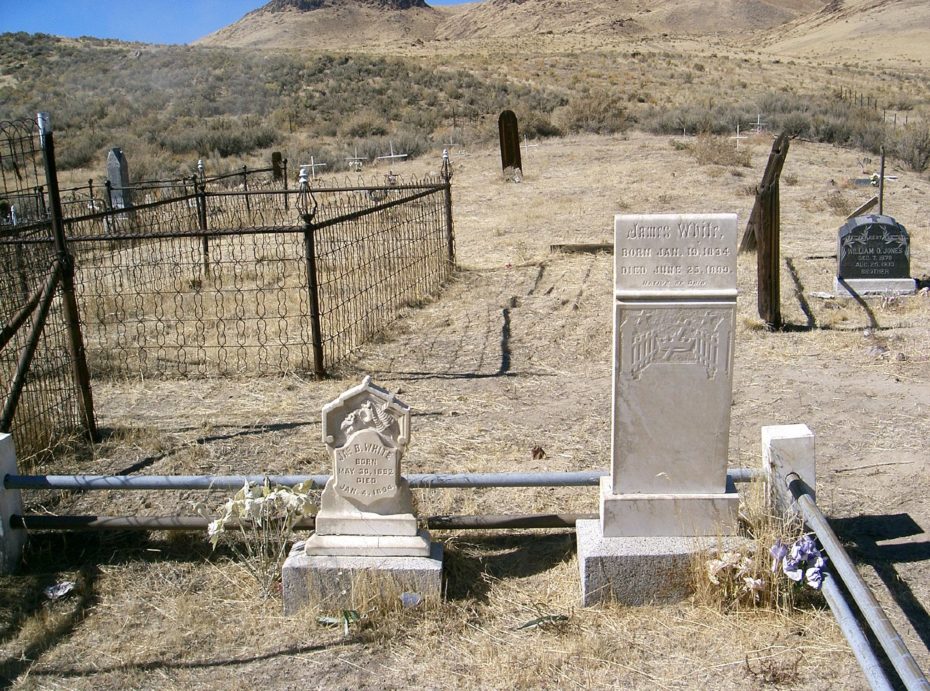
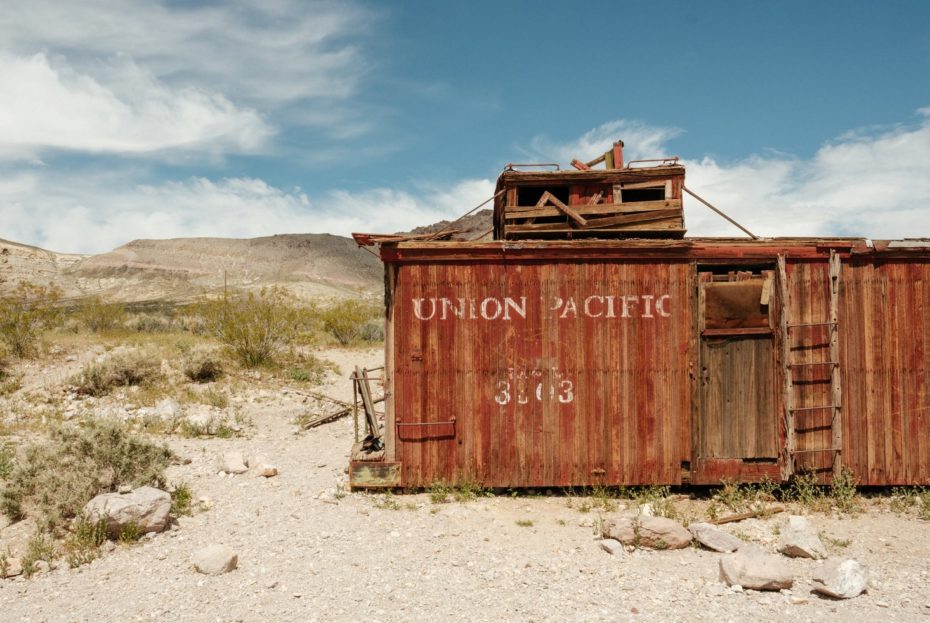
Nowadays, Palisade is a virtual ghost town. After the mines and the railroad declined at the turn of the century, followed by a significant flood in 1910, many of its buildings were destroyed and it never really regained its footing. One legend states that in 1932, Palisade may have been the site of a possible assassination attempt on the life of President Herbert Hoover: “Shortly before Hoover’s train was to pass through the town, one railroad inspector said he encountered a vagrant by a trestle with 22 sticks of dynamite. Two men skirmished with the inspector and then fled, but another inspector disputed the story and said the vagrant did not have dynamite.”
Maybe it was one last encore performance, for old times’ sake. In 2005, the heir of the town itself recently sold Palisade to a mysterious bidder at an antique gun and western memorabilia auction, in order to pay for his daughter’s college. He said, “My mother would shoot me if she knew what I’d done.” The SF Gate reported it as, “A whole lot of nothing in the middle of nowhere sold for $150,000 … the most money ever paid for nothing that anyone could remember.”
We did find a Flickr album posted in 2007 with photographs of the site, describing it as a “Nevada Ghost Town soon to be restored to its original Cowboy Mining boom town persona of the past”.
To learn more about the town of Palisade and its hoax, read the book, Fakes, Frauds, and Other Malarkey by Kathryn Lindskoog.


